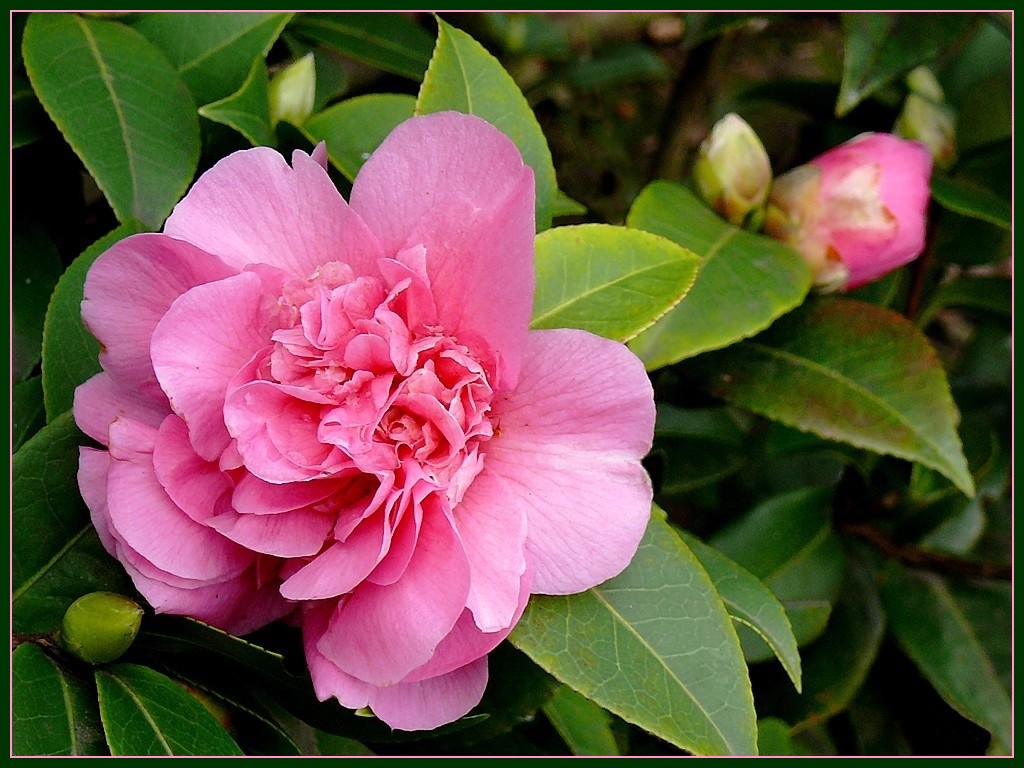Our seasonal color nursery's first crop of 'Jolt' Dianthus is coming in and we're excited about these plants for fall. This is our second year with 'Jolt' and our customers could not have been happier with its Gainesville landscape performance.
First, Jolt is an interspecific hybrid that is perennial locally. Basically, it survives throughout the year even though it struggles through the summer These are taller than some Dianthus at 16"-20" tall and should be planted with 10"-14" spacing to enjoy the clusters of flowers up and down the plant.
Dianthus may be used in borders or containers, and make great bedding plants when massed together at commercial property entrances. Although this is our plant for September, our Gainesville Landscape clients should wait until October to plant. They will flower through winter and spring, only stopping when temperatures rise, usually in May.
They will do best in full sun to partial shade, and prefer rich, well-drained soil. Dianthus will not tolerate wet soil conditions, so irrigate carefully to avoid overwatering.












